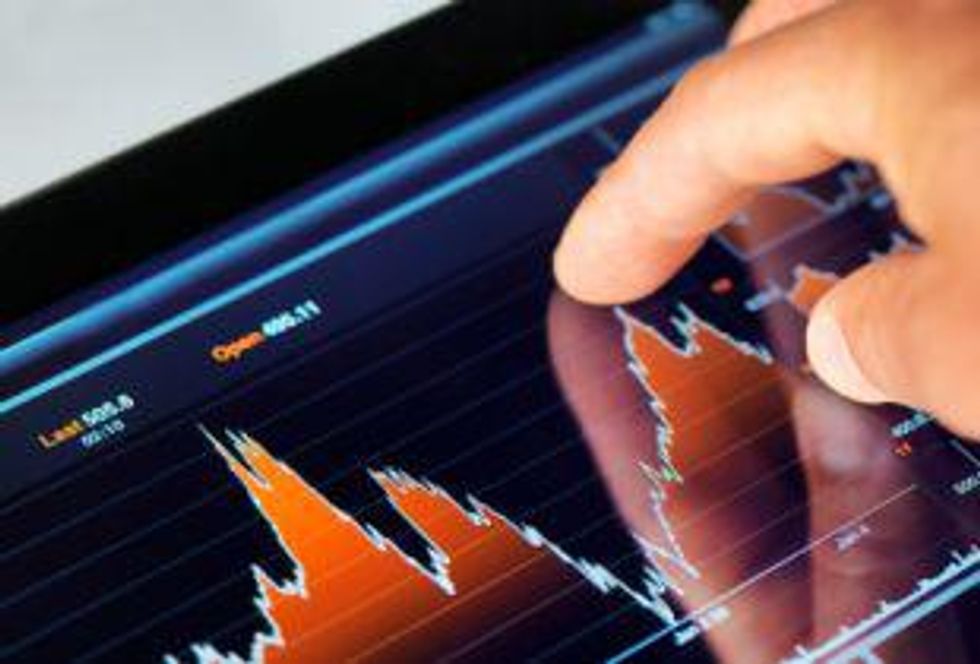The Market Shares Rare Earth/Strategic Metal ETF has outperformed a basket of rare earth mining stock. However, the fund is more than a pure rare earth investment. Since trading started in late October 2010, the fund is up 31 per cent and is outperforming many of Van Eck’s other ETFs.
By Michael Montgomery—Exclusive to Rare Earth Investing News
The rare earth investing sphere is marked by many speculative plays. Several junior mining companies have little but a deposit and resource estimate on their books, and many are years away from production. Investors in various markets have looked to ETFs to mitigate risk by diversifying their investments. Currently the only ETF that covers the rare earth sector is the Van Eck Market Vectors Rare Earth/Strategic Metals ETF (NYSE:REMX).The fund initiated trading on Oct. 27, 2010 and has performed well. Since the initial trade, the ETF is up $6.32 to $25.63 per share, a gain of 31 percent as of June 6. The title ‘rare earth’ has been an attention grabbing headline since Chinese trade policy reduced the supply of the minerals so vital to high tech goods, weapons systems and renewable energy production. However, the Van Eck ETF is not a pure rare earth play, should be viewed more as a strategic metal ETF.
The holdings of the fund are a diversified group of base metal mining companies, rare earth magnet producers and rare earth mining companies. About 34 percent of the fund’s holdings are a pure rare earth play. The remainder of the fund is a collection of titanium, zirconium, molybdenum, and lithium focused companies.
“We believe REMX offers investors balanced exposure to the sector first by including strategic metals as well as rare earths and second by including processors and recyclers, not just mining companies,” said Jan van Eck.
This diversification across many strategic metals does lend strength to the fund, especially as rare earth mining company shares have shown volatile over the past few months. In comparison to the Rare Earth Investing News Index of rare earth companies, the Van Eck Market Shares REMX has outperformed pure rare earth companies. To be clear, there are some notable differences, as our index limits market cap at $2 billion, leaving out companies like of Molycorp and Lynas Corp.
Some of the strongest performing companies in the Van Eck ETF are not rare earth producers. Companies like Iluka Resources Ltd. (ASX:ILU), the world’s largest producer of zircon, and Kenmare Resources (LON:KMR), a titanium and zircon mining firm. The top rare earth performers in the fund are Molycorp (NYSE:MCP) and Lynas Corp (ASX:LYC), as well as Neo Materials Technology (TSX:NEM), which manufactures neodymium-iron-boron magnetic powders and zirconium based materials.
The underlying theme to the fund is capitalizing on Chinese trade policy and the demand for high tech goods. The rare earth, manganese, and molybdenum markets are dominated by the actions of China. Further reductions to export quotas of rare earth will drive up the companies involved in rare earth production.
Outside of the rare earth market, there are reports that Chinese manganese production is set to fall dramatically in the coming years. Chinese firms have been actively seeking out moly deposits around the globe as the country struggles with its low grade moly deposits. Moly was also classified as a national strategic resource, controlling production levels of the metal within China. Moreover, China’s National Development and Reform Commission encouraged the import of molybdenum, which could dramatically affect world supply going forward.
The Market Vectors Rare Earth/Strategic Metal ETF is one way to diversify investments in strategic metals. While the history for the fund only goes back to October of 2010, it has outperformed a basket of rare earth producers, and since its inception has been one of the top performing ETFs for Van Eck.
